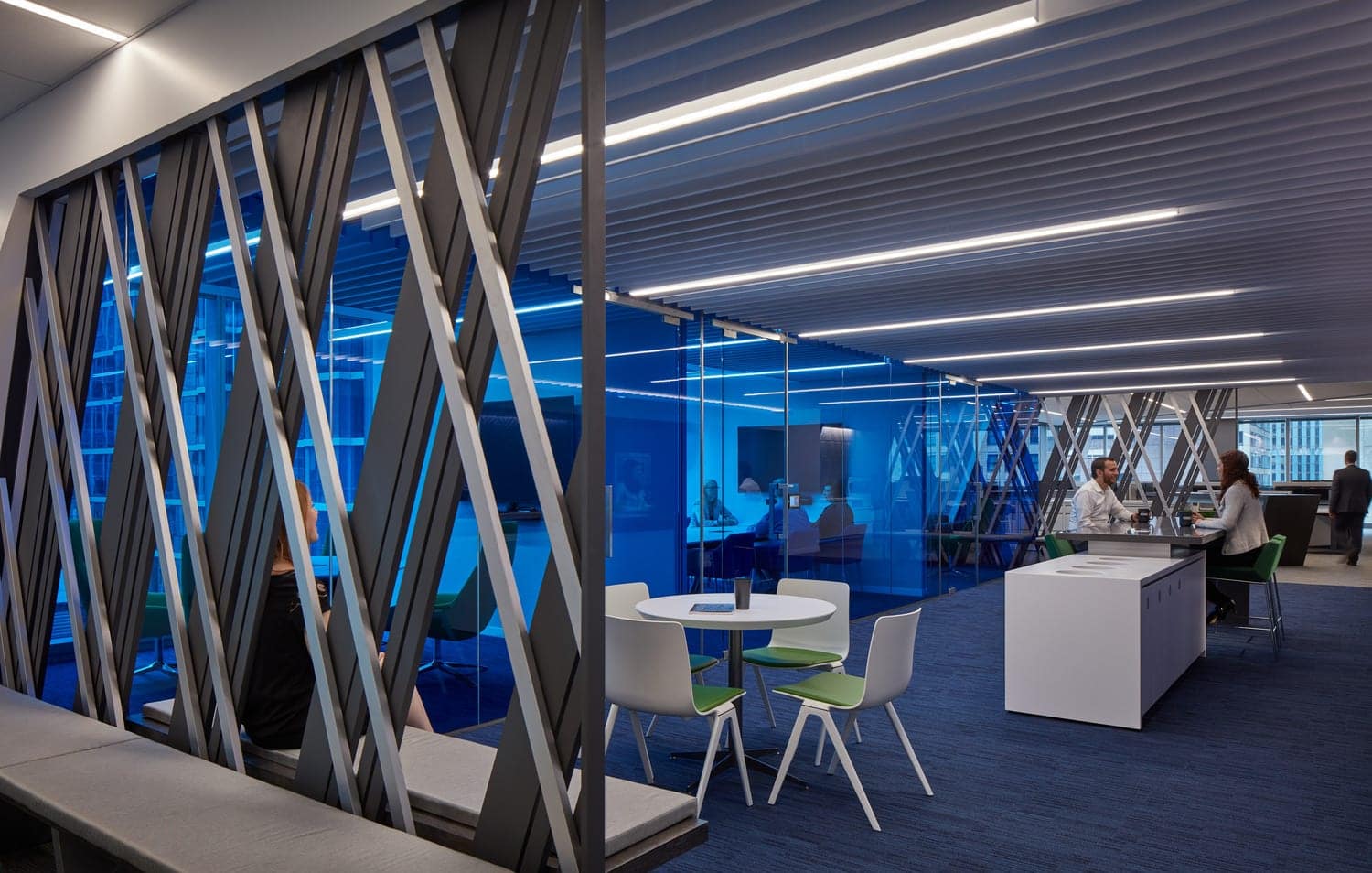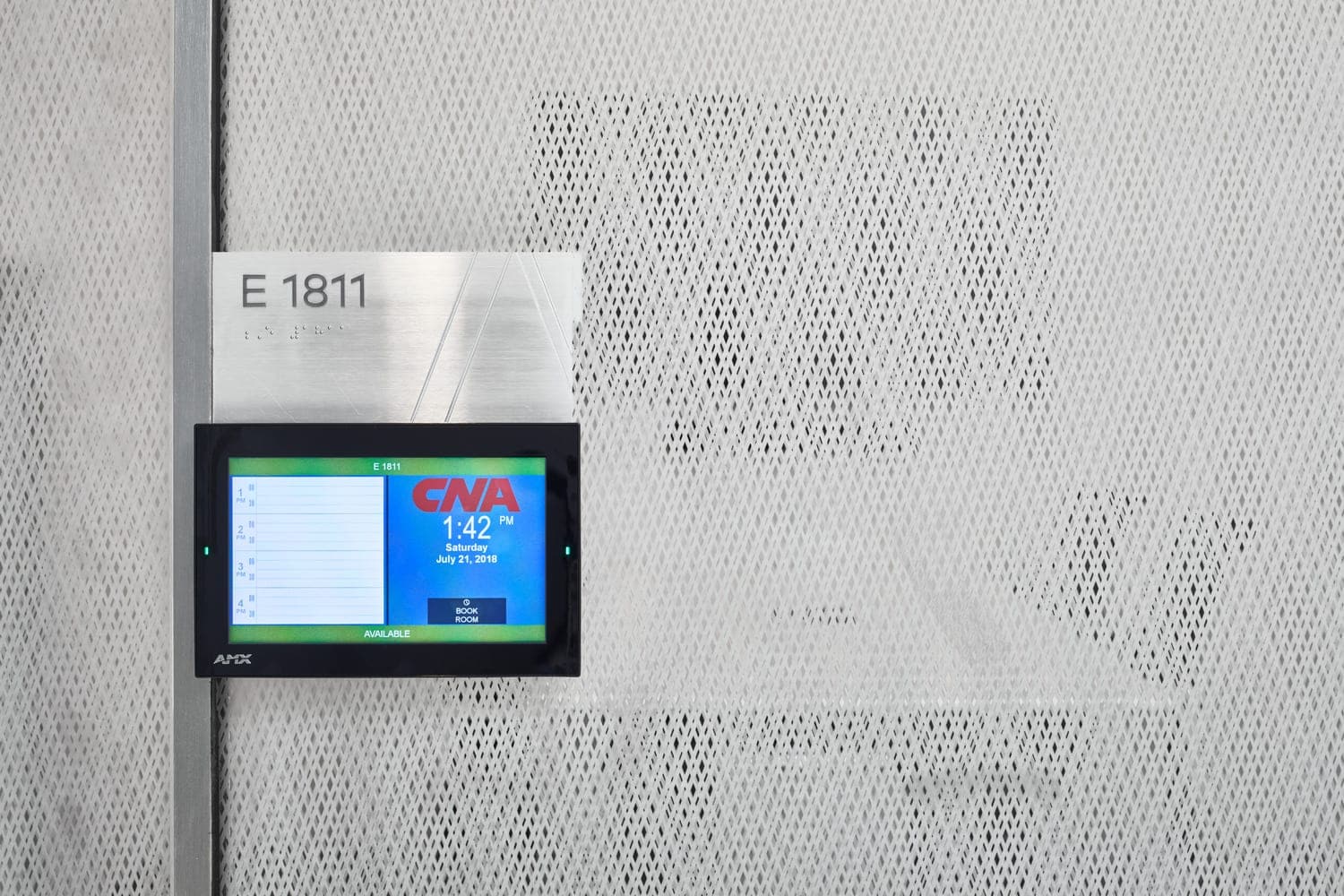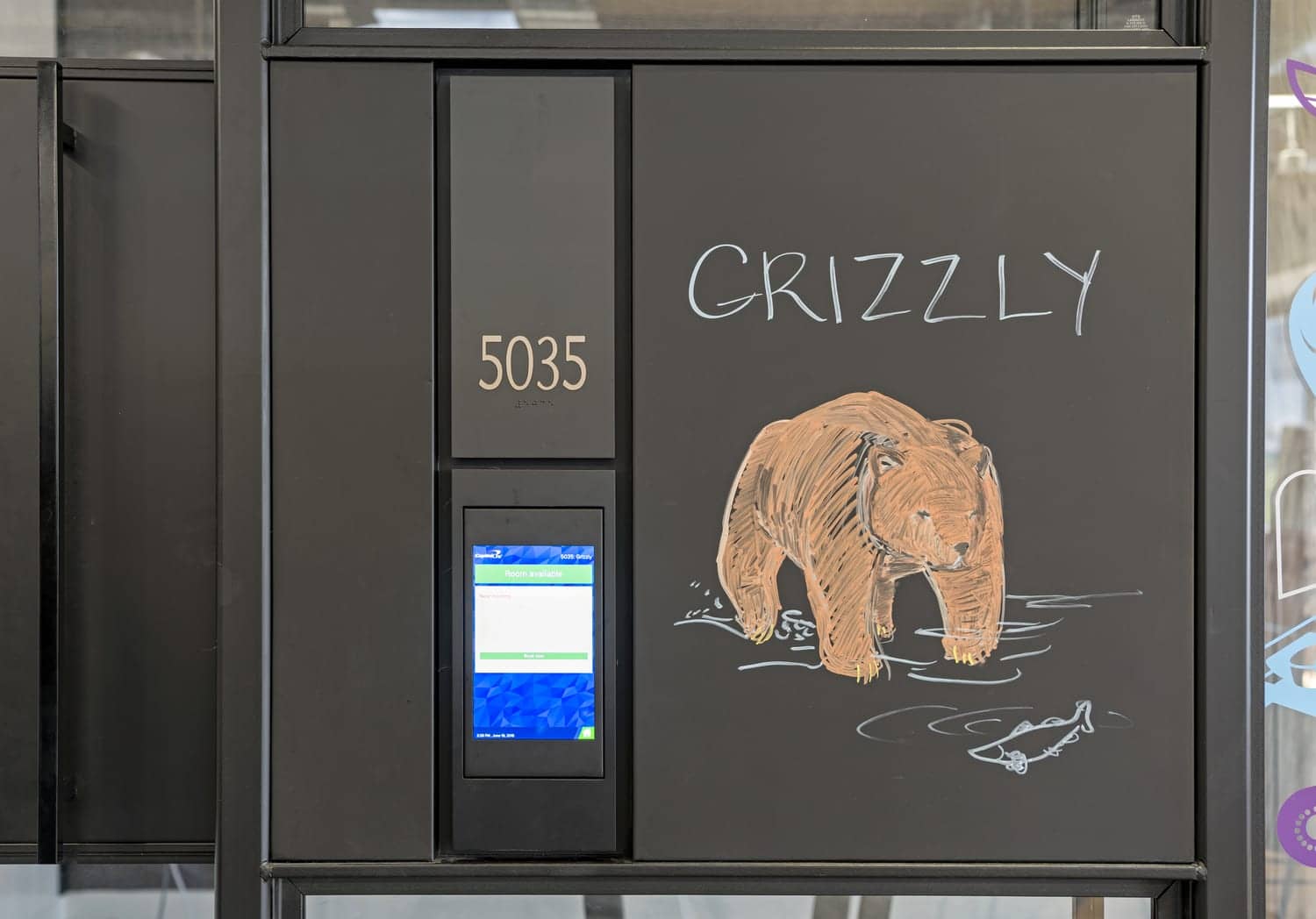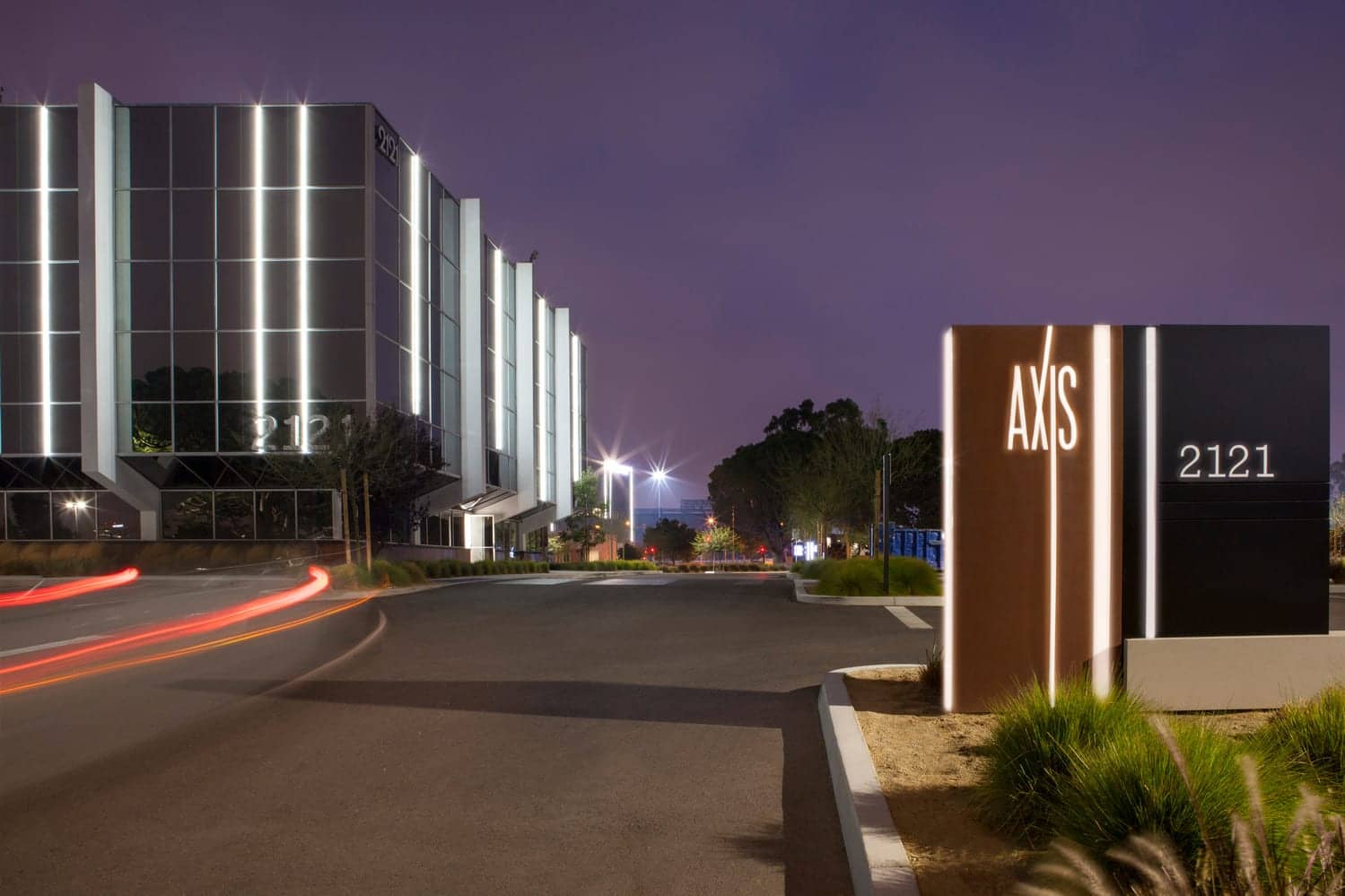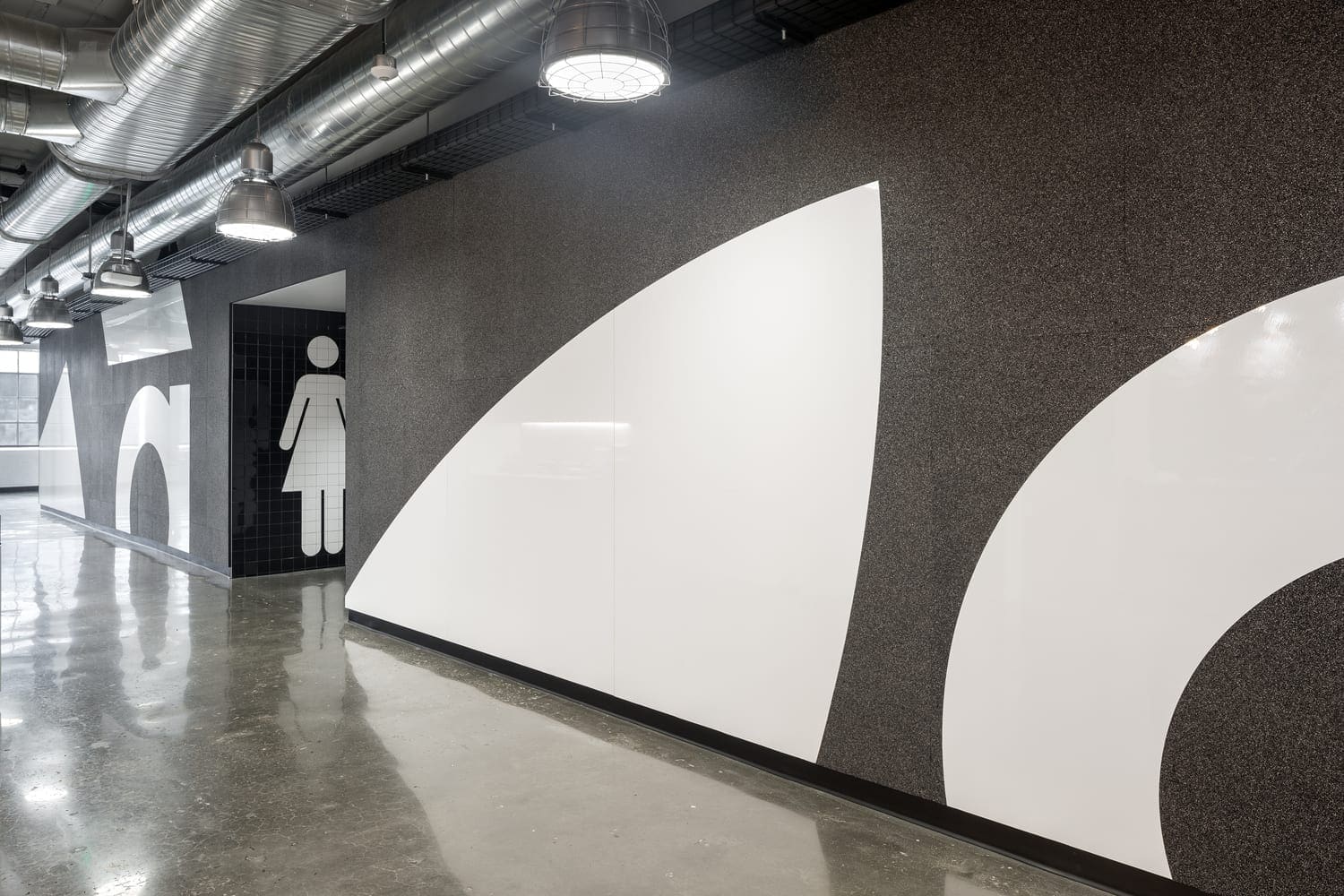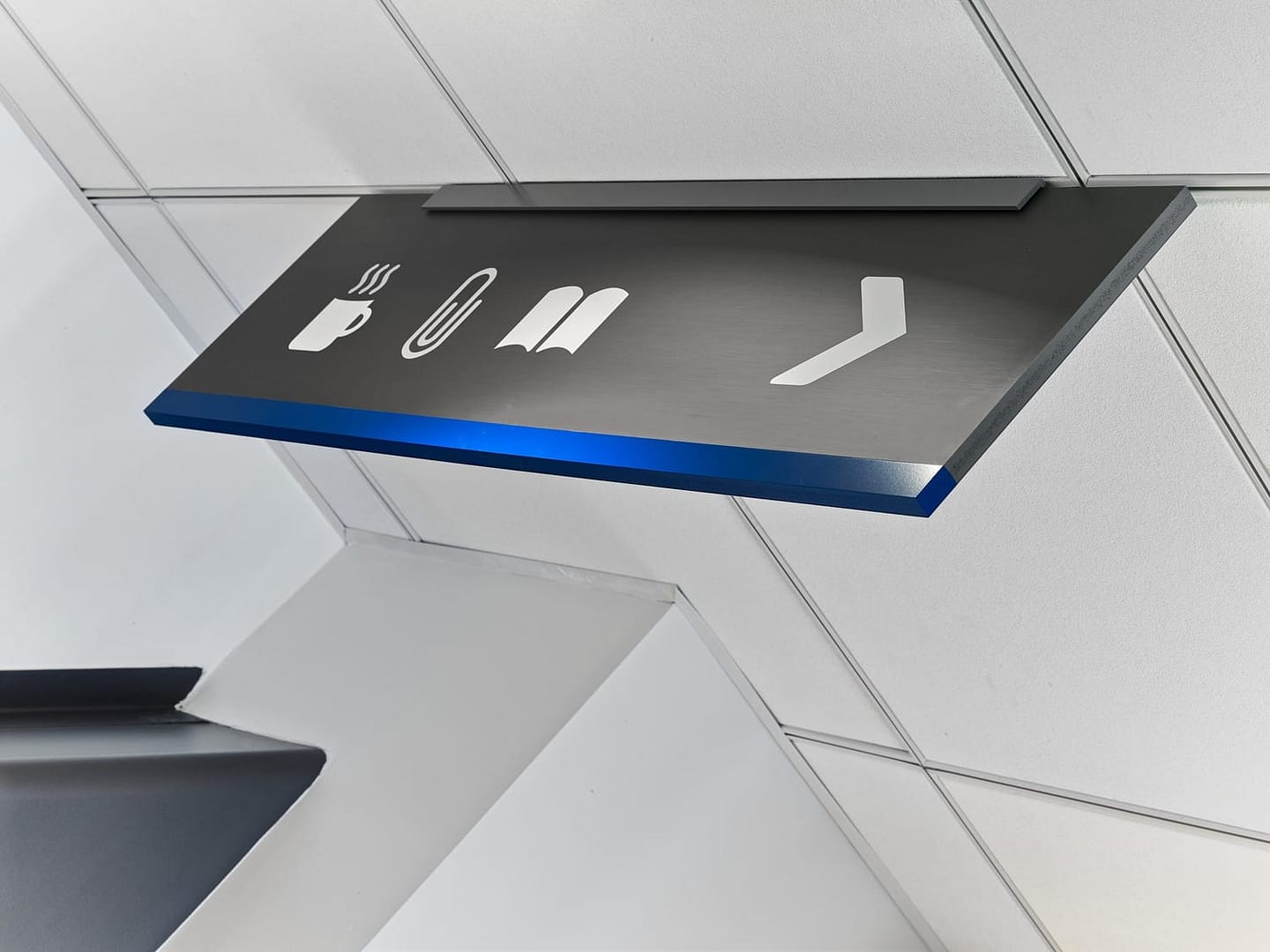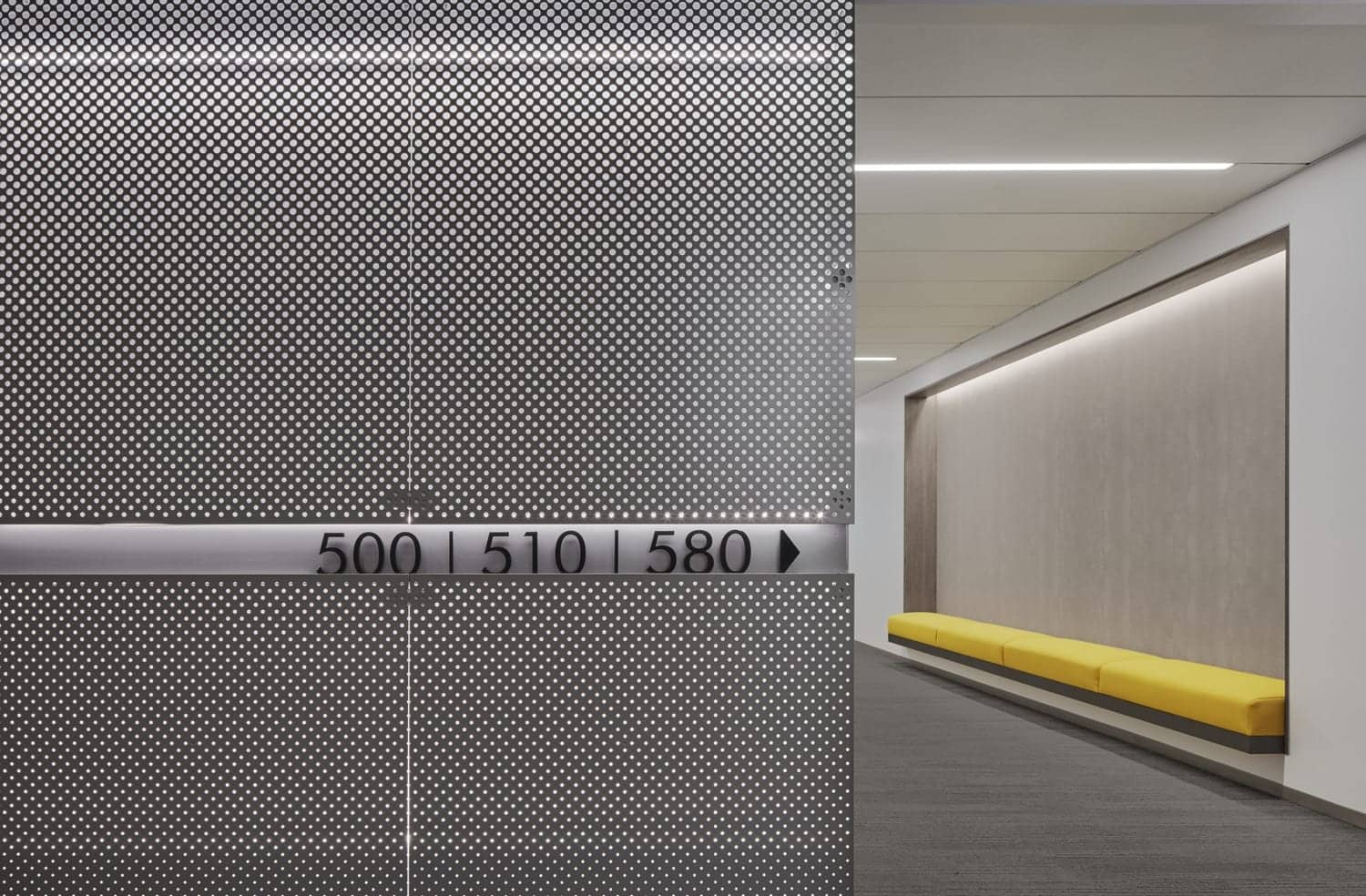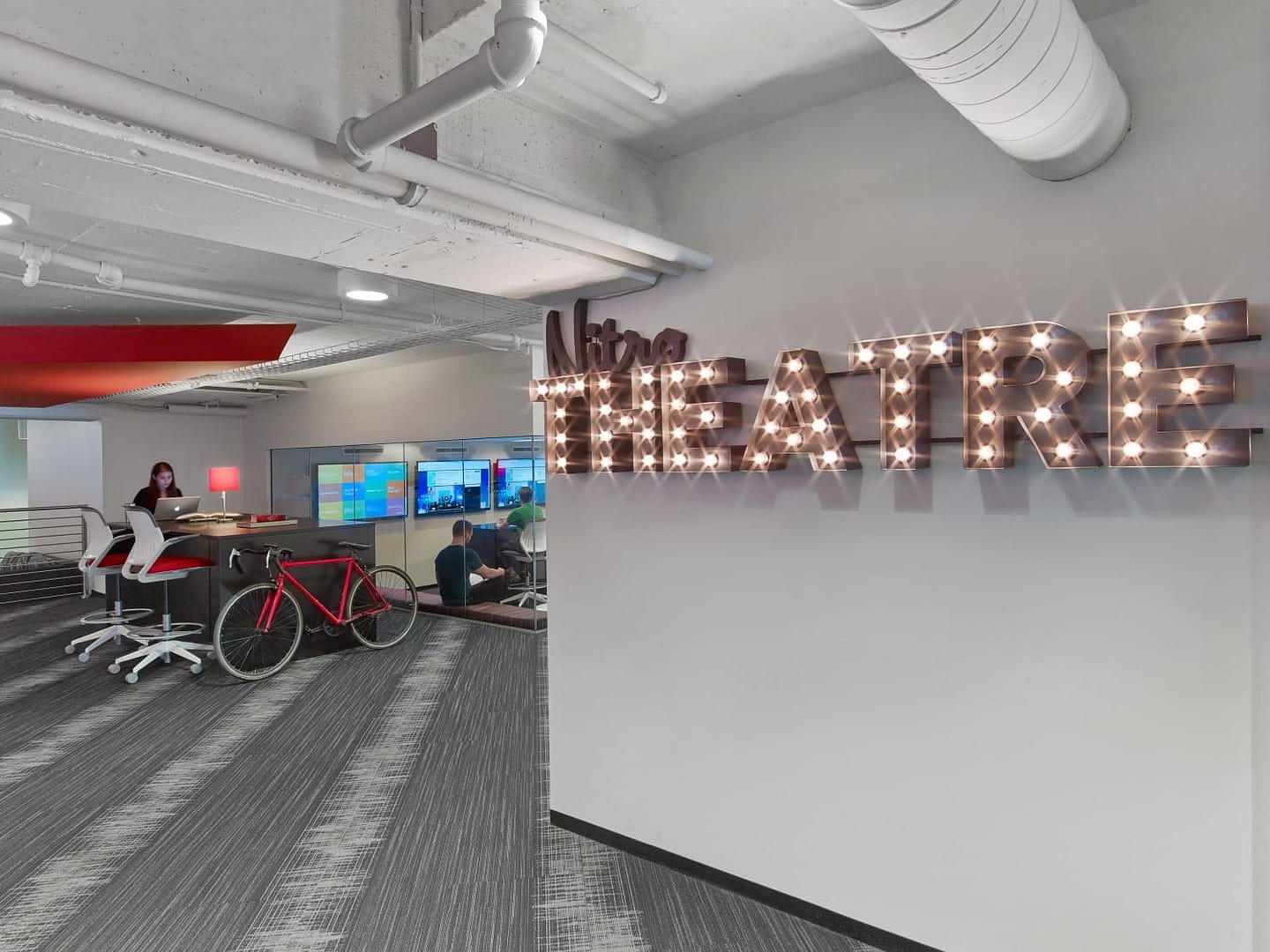More...
To celebrate IA’s 2018 Experiential Graphic Design (EGD) Week, designers Amanda Eggleston of IA’s Denver office and Tim Huey of IA’s San Francisco office presented Best Practices for Signage to a company-wide audience, one of several presentations planned for the week. The first half of the presentation focused on new IA Revit signage tools and best practices. But the second half focused on answering some of the most commonly asked questions about signage as it relates to code issues and implementation, critical aspects of signage for both designers and clients. Getting it right from the start is essential. Correcting or addressing signage code requirements at the end of a project is both time consuming and costly. From day one, integrating signage as a part of the comprehensive design process is the best way to ensure its optimum inclusion and also realize signage opportunities for branding and culture building.
At a basic level, some categories of signage require code compliance. But there are multiple codes—local, federal, even industry specific—and a code in one state may not apply in another. However, in every state workplace signage on all rooms must be ADA compliant, which includes the use of braille, raised lettering, and signage placement per code standards. Some categories of signage, for example, building directories and menus, are exempt from code. You need to know when code compliance is required and its application.
Considered from the start of the design process, signage can become an integrated aspect of a comprehensively branded environment that reflects and supports culture. A good example is CNA’s new Chicago headquarters, where IA reinterpreted the 70 degrees from vertical slant of the CNA logo as a series of complex patterns that touch every aspect of the design from lighting to textiles to design features, to signage for huddle and conference rooms and private offices.
Signage is versatile and can serve multiple agendas. In feel and context, it can underline culture and location, as it did for this confidential client, riffing on the Sierra Nevada Mountains.
Outdoor building or campus signage, can both mark and enhance location.
Signage can call out location.
It can direct.
And it can identify in a variety of ways.
Since signage is used every day in the work environment for identification and wayfinding it makes sense to take full advantage of its power to enhance and speak to brand, as well as adhere to code, from start through completion of the design process.
Want to Learn More?
If you enjoyed our take on signage, you'll probably love our work with a confidential online retailer that has signs galore throughout their workspace.
Signage isn't as one-dimensional as you've been led to believe.

